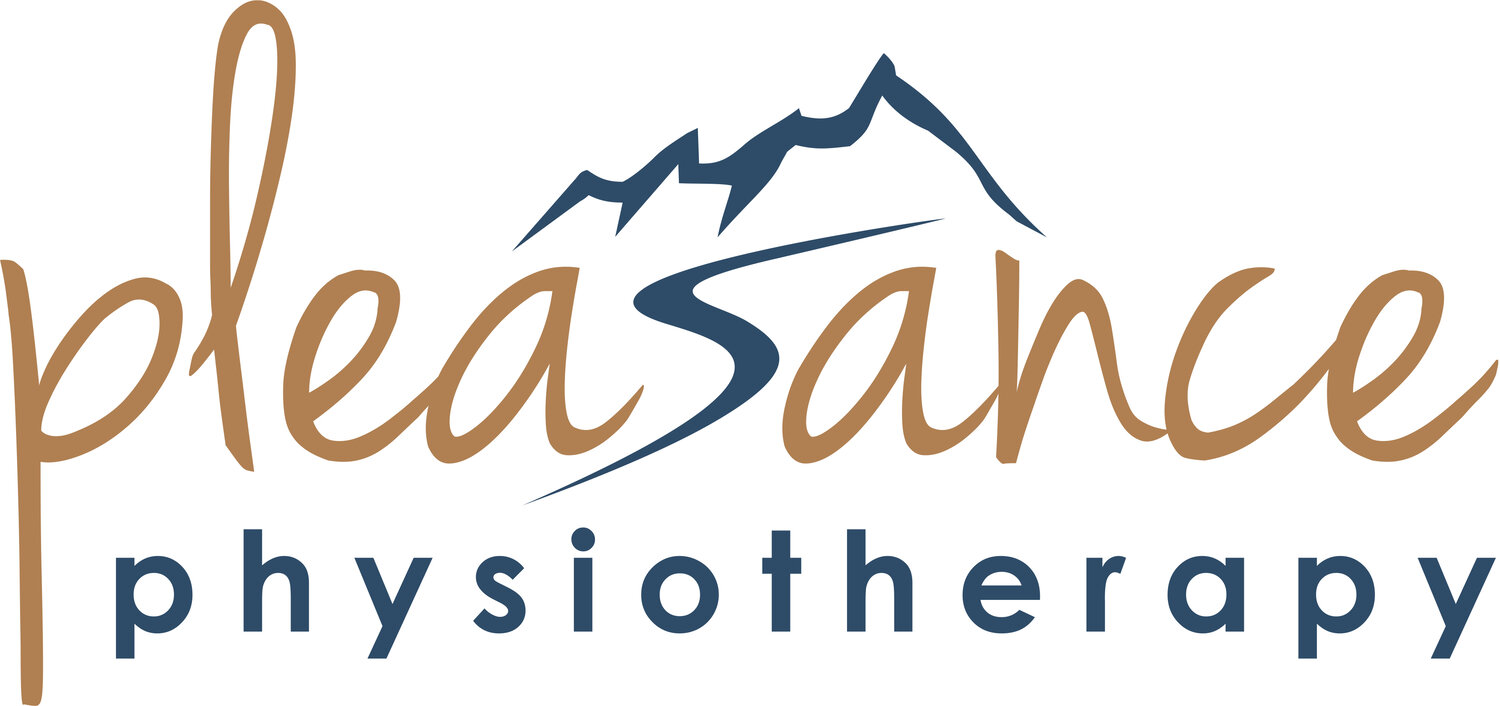Is Dr. Google accurate? - A look at what Google suggests for low back pain
When you have an ache or pain, do you look to Google for advice?
Let’s be honest, the majority of clients that seek healthcare services have already ‘Googled’ their symptoms and have maybe self diagnosed themselves. Right??
With such easy access to a vast amount of information, of course it’s natural to start delving into what is available to us and figuring out a solution to a problem. But…is this information actually good information?
Just how accurate is Dr. Google?
How do you know if the information you are reading is accurate or up to date with current research?
How do you know if it’s the correct advice for YOUR pain or injury?
A recent research study looked to answer this question in relation to low back pain specifically. The researchers type low back pain into a Google search. The content of 55 websites, in the first 2 pages of search results was evaluated.
In short, the information provided was mostly inaccurate and very outdated! Here is the breakdown…
Causes of Low Back Pain:
When looking at causes for low back pain, the big emphasis was placed on structure being the source of back pain (ie. disc, nerve, muscle, joint), with disc pain being a major topic of conversation.
Yes, this can be the case for some individuals, but structure is often only part of the picture. There was minimal discussion of non-structural causes for low back pain, for example, lifestyle factors (ie. nutrition, sleep, stress level, activity level), psychosocial factors (ie. support system, financial stability) or beliefs (ie. negative thinking, if something hurts it’s causing damage).
This can lead individuals to think that their low back pain is mostly caused by something structurally broken or not working properly in their body. Research, however, has not shown a strong connection with anatomy and pain.
The definition of pain is:
‘An unpleasant sensory and emotional experience associated with, or resembling that associated with, actual or potential tissue damage’
Note this definition emphasizes ‘potential tissue damage’, meaning you can have pain without actual damage to the tissue. Pain can be complex and is often multifactorial. Multiple variables, specific to the individual need to be discussed and addressed in order to manage pain effectively.
Imaging:
The majority of the websites recommended imaging to aid in diagnosis of low back pain, with or without having a physical exam first. Others mentioned a ‘wait and see’ approach, suggesting imaging if there was no symptom improvement.
Current recommendations indicate that typically there isn’t a need to have imaging done to look for the cause of low back pain. A thorough physical assessment should be done by a healthcare provider (ie. physician, physiotherapist) who can then make recommendations on whether imaging is necessary. In some cases, in the presence of ‘red flags’, there may be a need for imaging to rule out more sinister pathology, but this is quite rare.
Imaging can put the focus of pain back onto the structural anatomy, where we know pain is often about more than just the anatomy.
Imaging also takes time to get done, especially an MRI for example, causing delays in treatment. A physiotherapist can conduct a thorough assessment, and begin a treatment plan, without the need to wait for imaging results.
Treatment:
Various treatment options were discussed (non-surgical and surgical), with a big spectrum of recommendations. This ranged from bedrest to exercise to spinal cord stimulation. Most discussed receiving healthcare services of some kind (ie. physiotherapy, chiropractic care or osteopathy).
Few websites focussed on the importance of movement and general mobility with low back pain. Some even suggested bedrest and pain relievers as a primary strategy.
Research is very supportive of minimal bedrest with low back pain, at most a few days. Bedrest promotes loss of mobility, loss of muscle activity and prolongs recovery. Movement really is medicine.
To sum it up:
Dr. Google is not up to date with current research
Information focusses on pain being a structural problem (ie. disc, nerve, joint), neglecting other factors which contribute to pain (lifestyle factors, psychosocial factors, thoughts and beliefs)
Focussing on structural causes for pain may promote maladaptive behaviours and emotions that contribute to pain and chronic pain patterns
Imaging is presented as a solution to find the cause of pain, and may result in the perceived need for imaging
Treatment recommendation are out of date and focussed on more passive care instead of promoting movement
You can’t get accurate information about low back pain on the internet!
Please chat with your health care provider about what is best for your specific concerns! We are all unique. Your pain experience will differ from someone else’s, therefore, your treatment should be targeted to your specific needs and physiology.
Reach out if you are not sure where to start!
Lindsay Pleasance PT, FCAMPT, CIDN
Owner of Pleasance Physiotherapy
Reference:
Suhail A and Quais S. Content analysis of the online information available about back pain. Bulletin of Faculty of Physical Therapy (2022) 27:23
